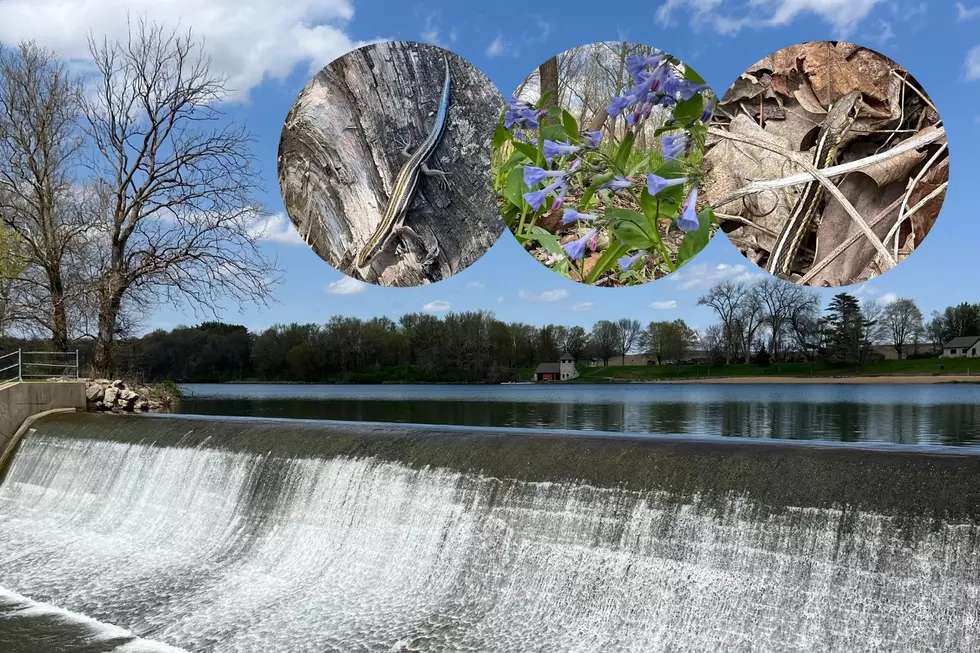
Wisconsin DNR Prepares to War Against Invaders- Aerial Spray Planned
Wisconsin's tree-lined landscapes are gearing up for a battle against an invasive and numerous foe: spongy moth caterpillars. As these voracious insects threaten to strip trees bare, the Wisconsin Department of Natural Resources is taking to the skies with a plan to combat their spread.
Scheduled between early May and early June, the aerial spraying campaign targets six properties across Columbia, Marinette, Sauk, and Walworth counties (seen below). These areas boast high-value trees, making them prime targets for the spongy moth's insatiable appetite.
But why all the fuss over a bunch of caterpillars? Well, let's break it down. Spongy moth outbreaks are no joke. They happen every five to ten years, wreaking havoc on forests as these caterpillars chomp through leaves like there's no tomorrow. And when I say havoc, I mean it – in 2023 alone, about 375,000 acres felt the wrath of these leaf-munching critters.
Now, healthy trees can usually weather a year or two of heavy defoliation. They'll bounce back, sprouting new leaves like it's nobody's business. But here's the kicker: this leaf-replacement routine saps the tree's energy, leaving it vulnerable to other threats like diseases, drought, or other pesky insects.
So, what's the game plan? Well, the DNR's got it all mapped out. They're loading up planes with Foray, a bacterial insecticide that specifically targets spongy moth caterpillars. It's like a precision strike against the leaf-eating menace, aiming to protect 928 acres of valuable trees.
Bonus, they're not just going trigger-happy with the spray either. The DNR's keeping a close eye on caterpillar development and weather conditions to ensure they hit the sweet spot for maximum wriggler-removal. They're even steering clear of spraying during the Memorial Day weekend, just so folks can enjoy their outdoor adventures unbothered. The DNR's also got their eye on the local community. Law enforcement, schools, and nearby medical facilities will all get the heads-up before any spraying kicks off.
The Wisconsin Department of Agriculture, Trade and Consumer Protection (DATCP) is joining the fray with its Slow the Spread program. They're swooping in on nine western Wisconsin counties, either using the same insecticide as the DNR or unleashing pheromone mating disruptors to throw a wrench in the moth's reproductive plans.
The Entomological Society of America (ESA) decided to give these critters a makeover, swapping out the outdated term "Gypsy Moth" for something a bit more respectful in "Spongy Moth."
So, as the planes take to the skies and the spray starts flying, Wisconsin's putting up its best defense against the spongy moth invasion. It's a battle for the trees, for the community, and for the future of Wisconsin's forests. It's time to tackle this leaf-eating menace head-on.
Photos: Governor Dodge State Park, Wisconsin
Gallery Credit: Tom Ehlers
A Peek Inside a $1 Million Home in Platteville, WI
Gallery Credit: Steve Pulaski
More From Eagle 102.3








